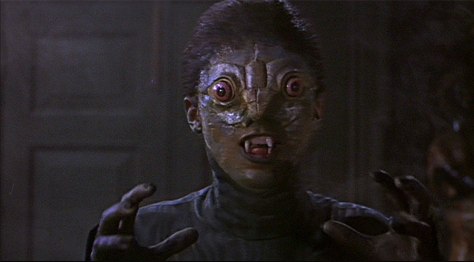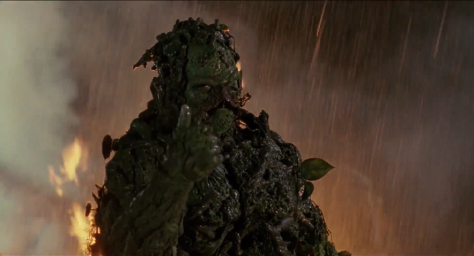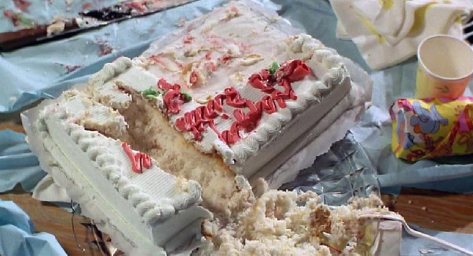
We return to the Golden Age of Mexican horror cinema in the 1950s and 60s, and to the work of producer-actor Abel Salazar, who we last saw in the bizarre brain-sucking Dracula-alike The Brainiac. As I said in that write-up, the defining features of this era of Mexican horror film is the influence the movies take specifically from the classic Universal horror cycle of the thirties and forties (and their imitators), with classically supernatural stories and moody black-and-white Gothic visuals. This is very evident in The Man and the Monster (El hombre y el monstruo), a film produced and starring Salazar and directed by the prolific director-actor Rafael Baledón—in particular, this takes cues from The Wolf Man, as well as the various film adaptations of Dr. Jekyll and Mr. Hyde (of which Universal produced exactly zero), with a little bit of Faust for good measure. But this movie is more than the sum of its influences—and is a relatively more subdued affair than the off-the-wall Brainiac—learning all the right lessons to give this seemingly familiar story a unique sense of pathos and well-honed filmcraft that transcends any budgetary limitations it might have.
Continue reading The Man and the Monster (1958)








